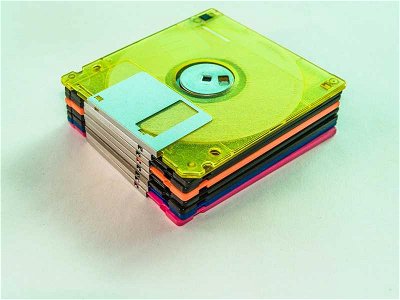15. The announcement made on April 7, was seen by a large number of people and created an immediate stir in the business and technical communities. How many people attended the announcement and where was it held?
From Quiz Why 360?
Answer:
Over 100,000 in IBM offices
The formal System/360 announcement was a major event. Naturally, IBM's President Thomas J. Watson, Jr, made the announcement at the company headquarters in Poughkeepsie NY. Additionally, simultaneous announcements, conducted at 165 corporate offices around the country, were attended by 100,000 business executives.
Within a month, over 1000 orders had been received. The first S/360, a Model 40, was delivered to a customer a year later in April 1965.
According to a 1966 article in "Fortune Magazine", Watson bet the entire company on the S/360. Development required a commitment of $5 billion, which was double IBM's annual revenue and 25 times its annual profit. Not only that, but the announcement instantly obsoleted nearly all of IBM's entire products. Jim Collin's book "Good to Great: Why Some Companies Make the Leap...And Others Don't" lists the S/360 as one of the three all-time greatest business products (along with the Model T and the Boeing 707).
The gamble paid off handsomely. By some estimates, 25 years later (in 1989) the S/360 and its descendants continued to account for over 50% of IBM's revenues. They also comprised nearly 50% of large systems in use worldwide.







 = Top 5% Rated Quiz,
= Top 5% Rated Quiz,
 Top 10% Rated Quiz,
Top 10% Rated Quiz,